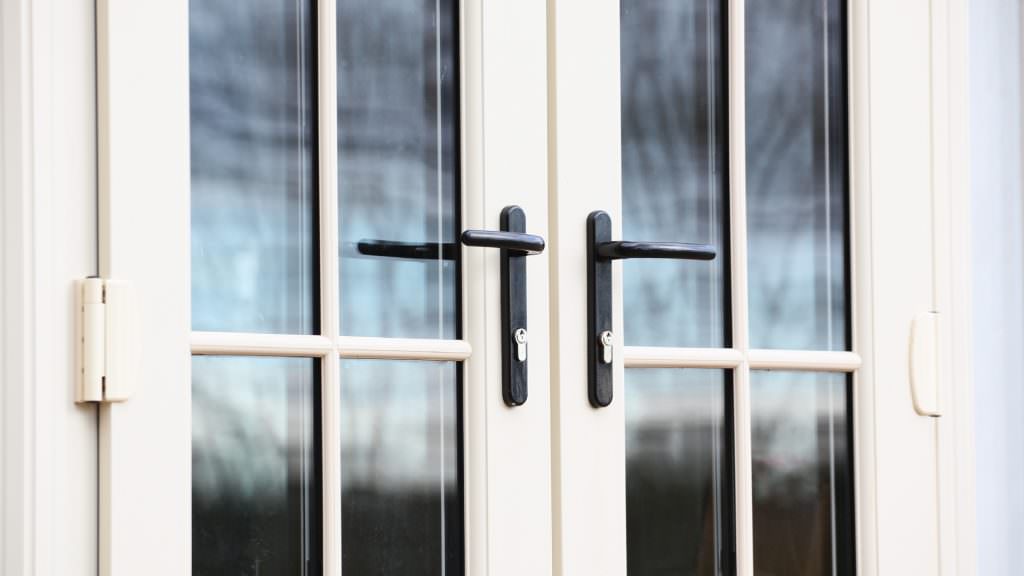Every small detail contributes to the overall aesthetic and functionality of the space. One often overlooked but essential component is the door handle. Aluminium door handles, in particular, have become increasingly popular due to their durability, modern look, and versatility.
However, with so many options available, choosing the perfect aluminium door handle can be a bit overwhelming. This guide will help you understand everything you need to consider to make the right choice.
Why Choose Aluminium Door Handles?
Before diving into the selection process, it’s important to understand why aluminium is a great choice for door handles.
Durability: Aluminium is highly resistant to corrosion and rust, making it ideal for both indoor and outdoor use.
Lightweight: Compared to steel or brass, aluminium is lighter, which can contribute to smoother door operation.
Versatility: Aluminium door handles come in various styles, finishes, and designs to complement any décor.
Eco-Friendly: Aluminium is recyclable, making it an environmentally friendly material.
Cost-Effective: Typically, aluminium handles are more affordable than stainless steel or brass, without compromising on strength or appearance.
Step 1: Identify the Type of Door
The first step in choosing the perfect door handle is identifying the type of door it will be installed on. Different doors require different types of handles:
Entrance Doors: Security is paramount. Handles often need to work with a locking mechanism and withstand external weather conditions.
Interior Doors: These are usually lighter and require simpler handles, often without locks.
Sliding Doors: Handles should be flush or recessed to allow smooth sliding without obstruction.
Patio Doors: Often require robust handles that can lock securely and withstand outdoor elements.
Knowing the door type helps narrow down your choices to functionally compatible handles.
Step 2: Choose the Style and Design
Door handles significantly impact the look of a door and the overall room. Aluminium handles come in a wide range of styles:
Lever Handles: These are easy to operate and commonly used in modern and contemporary designs.
Knob Handles: Traditional and compact, knobs offer a classic look.
Pull Handles: Usually seen on sliding doors or large entrance doors.
Recessed Handles: Perfect for sliding doors, these handles don’t protrude.
In addition to shape, consider the design details like smooth vs. textured surfaces, minimalist vs. ornate designs, and whether the handle complements the architectural style of your space.
Step 3: Select the Finish
The finish of a upvc door handle affects both its appearance and durability. Common finishes include:
Anodized Aluminium: This process enhances corrosion resistance and allows for various colors, such as silver, bronze, or black.
Powder Coated: Provides a durable, colorful finish that resists chipping and fading.
Polished: Offers a shiny, reflective surface but may require more maintenance to keep it looking pristine.
Brushed or Satin: Provides a matte or slightly textured finish that hides fingerprints and scratches better.
The finish should match or complement the other hardware in the room, such as hinges, locks, and light fixtures.
Step 4: Consider Functionality and Ergonomics
A door handle must be easy and comfortable to use. Ergonomics plays a crucial role here:
Grip Comfort: Choose a handle shape that fits comfortably in your hand. Lever handles generally offer better ergonomics.
Ease of Use: For homes with elderly people or children, a lever handle may be easier to operate than a knob.
Locking Mechanisms: If security is important, look for handles that come with integrated locks or are compatible with your existing locking system.
ADA Compliance: For commercial or public buildings, ensure the handle meets accessibility standards.
Step 5: Size and Proportion
Make sure the door handle’s size is proportional to the door. Oversized handles can look bulky on small doors, while tiny handles can seem out of place on large doors.
Measure the backset (distance from the edge of the door to the center of the handle’s mounting hole).
Consider the handle’s length and width for balance and comfort.
Ensure that the handle placement doesn’t interfere with the door trim or adjacent walls.
Step 6: Quality and Durability
Not all aluminium door handles are created equal. Quality affects both the look and lifespan of the handle.
Material Grade: Look for high-grade aluminium alloys that offer greater strength.
Build Quality: Handles made from solid aluminium tend to last longer than those that are hollow or cheaply cast.
Brand Reputation: Choose reputable brands with good reviews.
Warranty: Check if the manufacturer offers warranties or guarantees, which is often a sign of quality.
Step 7: Installation Requirements
Consider how the handle will be installed:
Pre-drilled Doors: Check the hole size and backset to ensure compatibility.
Surface Mount vs. Through Bolts: Surface-mounted handles are easier to install but may be less secure than handles bolted through the door.
DIY or Professional: Some handles require complex installation. If you’re not confident, hiring a professional might save time and hassle.
Step 8: Budget Considerations
Aluminium door handles come in a wide price range, depending on design, finish, and brand. Set a budget, but remember that investing in a quality handle pays off in the long term with better durability and aesthetics.
Low-end models are typically basic in design and finish.
Mid-range handles balance cost and quality.
Premium handles often feature unique designs and finishes, ideal for luxury homes or commercial spaces.
Step 9: Maintenance and Cleaning
One of the advantages of aluminium handles is their low maintenance. However, choosing the right finish can affect how easy it is to keep your handles looking new.
Anodized and Powder-Coated Finishes: Require minimal cleaning, usually just a wipe with a damp cloth.
Polished Finishes: May show fingerprints and smudges more easily, requiring regular polishing.
Avoid abrasive cleaners, which can damage the finish.
For outdoor handles, occasional lubrication of moving parts will ensure smooth operation.
Step 10: Where to Buy
When purchasing aluminium door handles, consider the following sources:
Specialty Hardware Stores: Provide expert advice and a wide range of options.
Home Improvement Centers: Convenient but may have limited styles.
Online Retailers: Offer vast choices and customer reviews, but make sure to check return policies.
Direct from Manufacturers: Can provide custom options or bulk discounts.
Final Thoughts
Choosing the perfect aluminium door handle involves balancing aesthetics, functionality, and budget. By understanding the different styles, finishes, and ergonomic factors, you can find a handle that not only complements your door but also enhances the overall look and feel of your space.
Invest time in research, measure carefully, and don’t hesitate to ask for expert advice. The right aluminium door handle is a small investment that can make a significant impact on your home or office environment.









